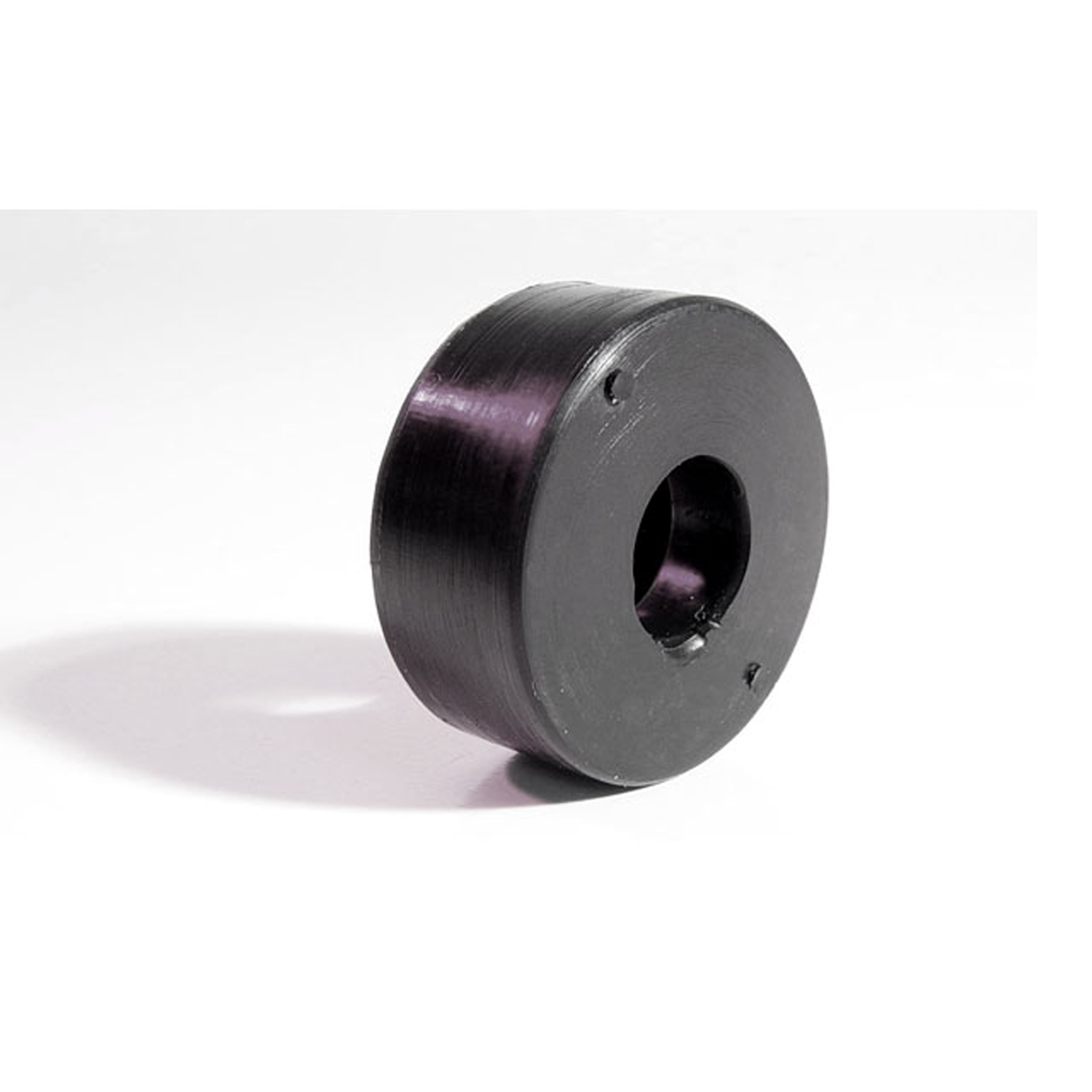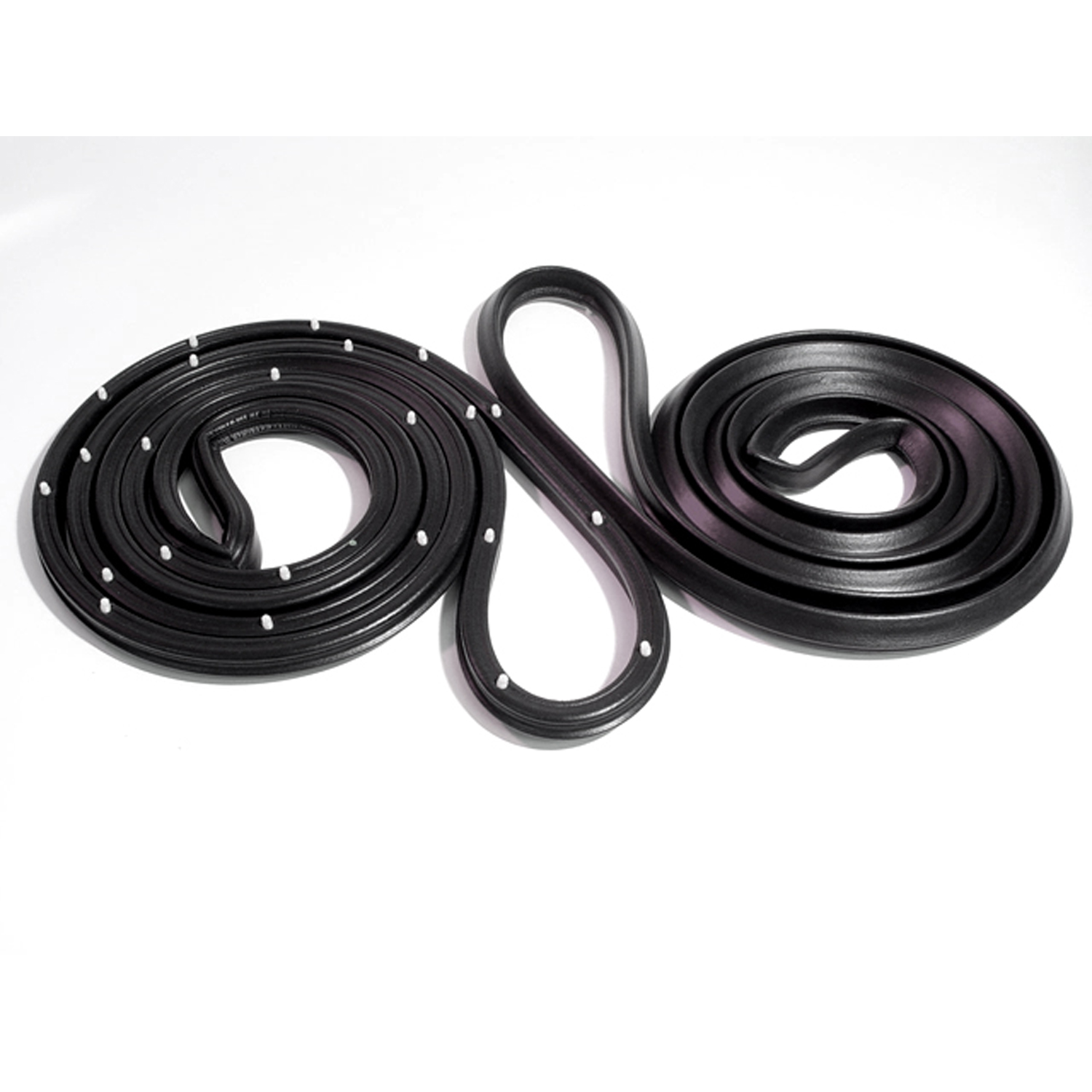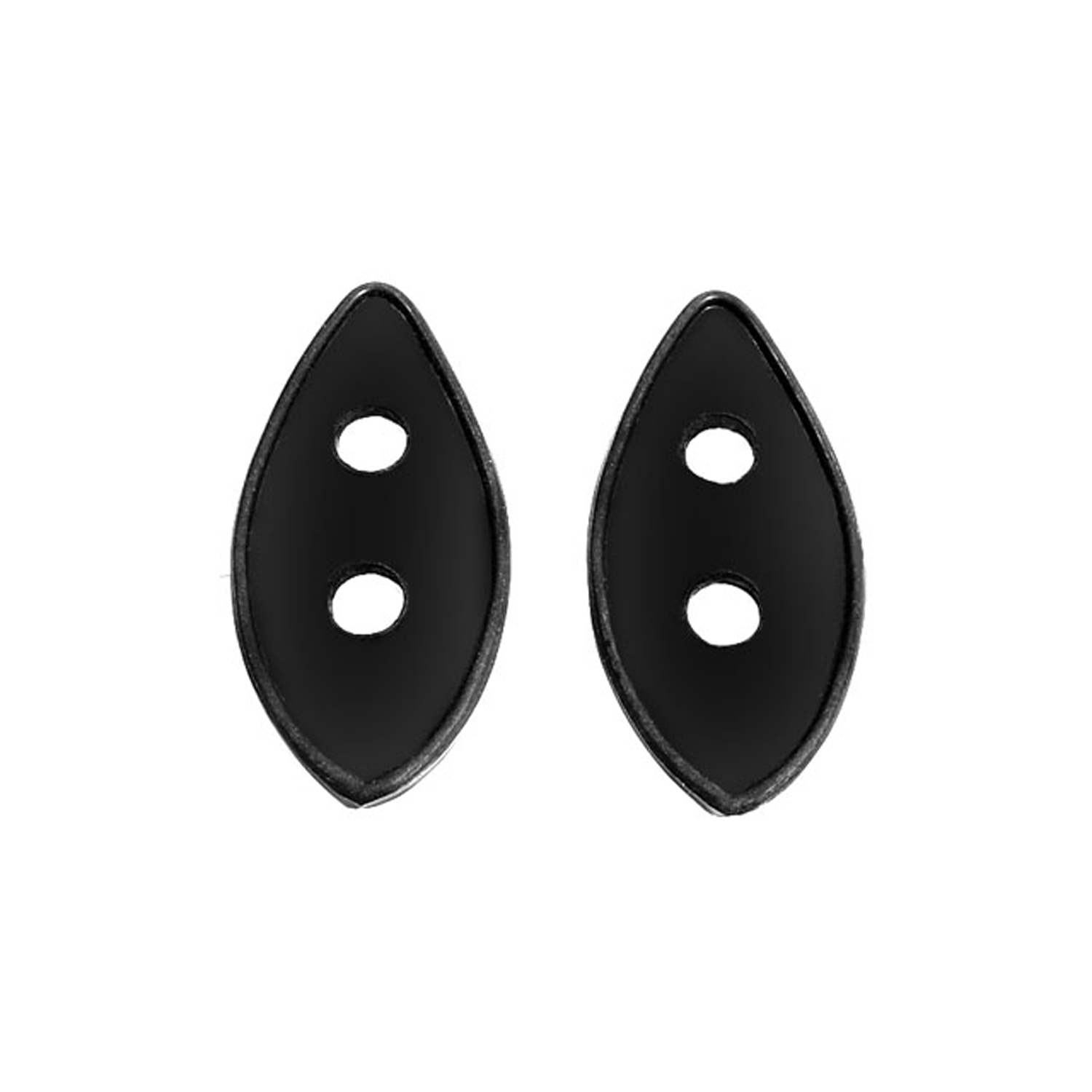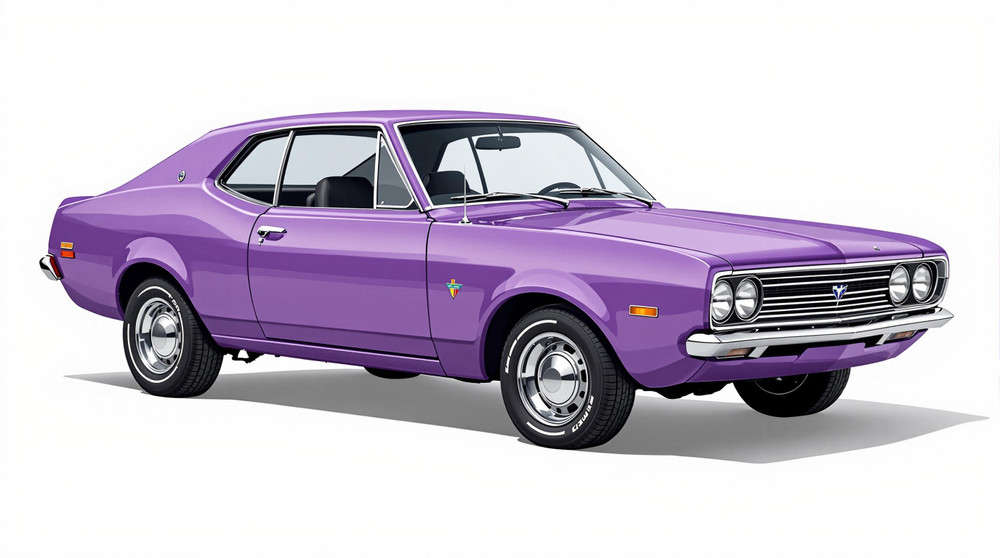Image of 1972 American Motors Gremlin, Note: These illustrations use artistic license and may differ from actual historical models.
Performance Metrics
Fundamental Metrics
Emotional Appeal
MMP Rating
| Engine Specifications | |
|---|---|
| Engine: | 232 cu in (3.8 L) I6, 258 cu in (4.2 L) I6, 304 cu in (5.0 L) V8 |
| Displacement: | 232-304 cu in |
| Horsepower: | 100-150 hp (approximately) |
| Torque: | 210-245 lb-ft (approximately) |
| Compression Ratio: | 8.0:1 - 8.4:1 |
| Ignition System: | Conventional breaker point ignition system |
| Cooling System: | Liquid-cooled |
| Performance Specifications | |
| 0-60 Time: | 10-12 seconds (approximately) |
| 1/4 Mile Time: | 17-19 seconds (approximately) |
| Top Speed: | 105-110 mph (approximately) |
| Transmission and Drive | |
| Drive Type: | RWD (Rear Wheel Drive) |
| Transmission Type: | 3-speed manual, 4-speed manual, 3-speed automatic |
| Fuel and Efficiency | |
| Fuel System Type: | Carburetor |
| MPG: | 16-20 mpg (approximately) |
| Dimensions and Brakes | |
| Brakes: | Front disc brakes and rear drum brakes |
| Wheelbase: | 96 in |
| Weight: | 2,800-3,000 lbs (approximately) |
Note: Specifications for classic cars are given to the best of our ability, considering the limited and variant data available.
Unconventional Charm: The 1972 American Motors Gremlin
In an era when compact cars began to emerge as a response to fuel crises and changing consumer preferences, the 1972 American Motors Gremlin stood out with its unique style and character. Birthed by American Motors Corporation (AMC), the Gremlin was introduced on April 1, 1970, as a subcompact car that would challenge the norms of automotive design. Its origin is a testament to AMC's willingness to innovate during a time when the Big Three automakers dominated the market. The Gremlin's introduction was not just a bold move for AMC but also a strategic one, positioning itself as an economical yet fashionable choice for the American public.
Design and Innovation
The exterior of the Gremlin was nothing short of distinctive. With its pronounced, almost vertical rear end and short wheelbase, it presented a profile that was immediately recognizable. The front of the car featured a long hood that contrasted sharply with the truncated rear, giving it a playful asymmetry that some found endearing and others eccentric. Inside, the cabin prioritized simplicity and functionality over luxury. Materials were durable and straightforward, reflecting its economy car status. Despite this, options like Levi's denim upholstery became available, adding a quirky touch to its appeal.
Technologically, the Gremlin was modest yet competent for its time. It offered features like rack-and-pinion steering and an optional V8 engine in later models—a rarity in subcompacts then. Color options ranged from conservative shades to more vibrant hues like "Sunshine Yellow" and "Mint Green," with brighter colors often being favored by its youthful demographic. Body styles were limited primarily to two-door versions, with the most iconic being the hatchback model that housed its unusual rear design.
Historical Significance
The Gremlin's impact on automotive design was significant in that it challenged conventional aesthetics and proved that American consumers were open to unconventional choices. It set itself apart with its affordability and distinctive look during a time when fuel efficiency started becoming a priority for buyers. The Gremlin's legacy is seen in how it paved the way for future compact cars that would eventually become staples on American roads.
Performance and Handling
Performance-wise, the 1972 Gremlin offered modest acceleration with standard engines capable of 0-60 mph times that could range from around 10 seconds with six-cylinder engines to more spirited sprints with the V8s. Handling was typical for compact cars of the era; it managed daily driving conditions adequately but did not excel in high-performance scenarios. The driving experience was characterized by a sense of practicality over prowess—the hum of an efficient engine over roaring horsepower.
Ownership Experience
The Gremlin served many roles—from daily commuting workhorse to an occasional showpiece at classic car rallies. Its maintenance was relatively straightforward, making it accessible for DIY enthusiasts or less experienced owners. Reliability was comparable to other vehicles of its time, though some components were known to be more robust than others.
Fun Facts
The Gremlin holds several fun facts under its belt; it was marketed as "America's first subcompact car," although this claim is contested by some enthusiasts. Celebrity ownerships added to its allure, with famous personalities occasionally seen behind the wheel of this quirky machine. Criticisms often centered around its polarizing design and modest performance capabilities.
Collector's Information
As for collectors today, the value range for a well-maintained 1972 Gremlin can vary widely based on condition, originality, and options—potentially fetching anywhere from $5,000 to over $20,000 for pristine examples or rare editions. Production numbers were substantial for their time; however, many have not survived due to rust or neglect making good condition models more scarce on today's market. Price trends suggest that while they may not be skyrocketing in value like some classics, they maintain a steady appreciation among enthusiasts who value their unique place in automotive history.
Conclusion
The 1972 American Motors Gremlin remains an icon of innovative design and cultural significance within the automotive world. Its blend of economy, distinctive styling, and historical impact ensures that it continues to capture the hearts of collectors and enthusiasts alike. As we look back on this plucky little car's legacy, we're reminded that sometimes it's those who dare to be different who leave the most lasting impressions.
1972 American Motors Gremlin Catalog of Parts
 1972 American Motors Gremlin Hood Bumper. Each-HF 85Hood Bumper. Each
1972 American Motors Gremlin Hood Bumper. Each-HF 85Hood Bumper. Each 1972 American Motors Gremlin Molded door seals. For 2-door sedan-LM 31-CMolded door seals. For 2-door sedan. Proper clips correctly positioned. 148 in. (375.9 cm) L. Pair. R&L.
1972 American Motors Gremlin Molded door seals. For 2-door sedan-LM 31-CMolded door seals. For 2-door sedan. Proper clips correctly positioned. 148 in. (375.9 cm) L. Pair. R&L. 1972 American Motors Gremlin Beaded Deck Rack Mounting Pads. 1-7/16" X 3". Pair-MP 622-BBeaded Deck Rack Mounting Pads. 1-7/16" X 3". Pair
1972 American Motors Gremlin Beaded Deck Rack Mounting Pads. 1-7/16" X 3". Pair-MP 622-BBeaded Deck Rack Mounting Pads. 1-7/16" X 3". Pair 1972 American Motors Gremlin Spare Tire Hold Down Nut. 5/16- 18 thread size-WF 3506Spare Tire Hold Down Nut. 5/16- 18 thread size. Replaces OEM #3198901. Each
1972 American Motors Gremlin Spare Tire Hold Down Nut. 5/16- 18 thread size-WF 3506Spare Tire Hold Down Nut. 5/16- 18 thread size. Replaces OEM #3198901. EachWhy Choose Metro?
For over 100 years, Metro Moulded Parts has been the pinnacle of quality in classic car restoration parts. Our commitment to precision and authenticity in every component ensures a perfect fit and an OEM-level appearance.
- Expert Craftsmanship & Quality: Each part is a testament to our dedication to reliability and perfection, crafted from original designs and thoroughly tested.
- Advanced Technology: We use cutting-edge techniques to create flawless, long-lasting parts that surpass others in performance.
- SuperSoft Sponge – The Ultimate Door Seal: Not only are our door seals 30% softer than competitors', but they're also guaranteed to never leak. They effectively reduce wind and road noise, enhancing your classic car's comfort and driving experience.
- Proudly American: Our parts are a product of American craftsmanship, made in the USA with a spirit of excellence and heritage.
- Unrivaled Warranty: We back our products with a 30-year industry-leading warranty, a testament to our confidence in their quality.
Join us in preserving the legacy of classic cars with parts that are crafted for perfection, not just made.

